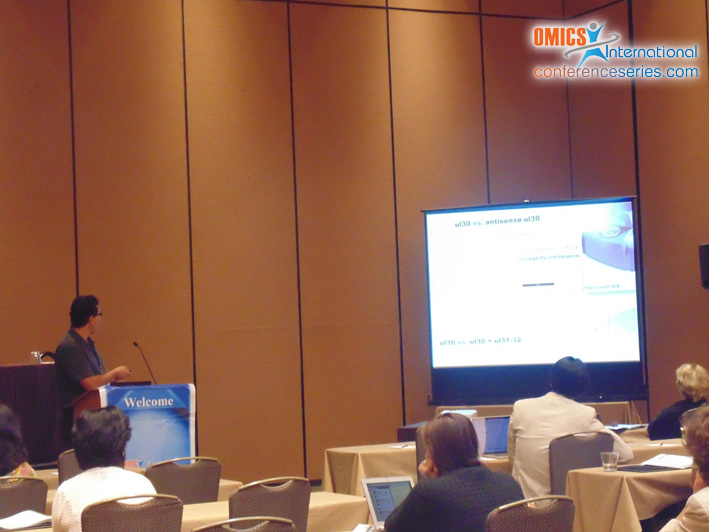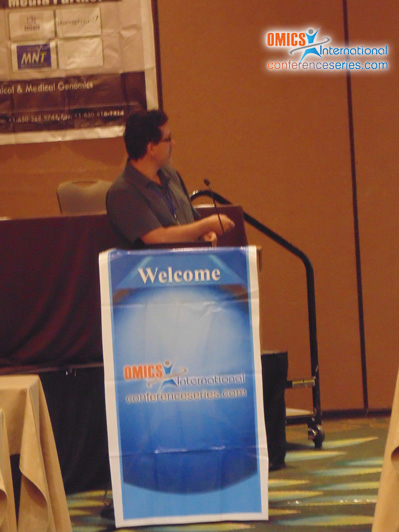
Zsolt Boldogkoi
University of Szeged, Hungary
Title: Transcription Interference Networks examined by Single Molecule Long Read Sequencing Technology
Biography
Biography: Zsolt Boldogkoi
Abstract
Introduction
Gene expression is mainly controlled at the level of transcription initiation through the interaction between cis- and trans-acting regulatory elements and epigenetic processes. The Transcriptional Interference Network (TIN) hypothesis assumes the existence of a new layer of gene regulation, based on the confrontations between the transcriptional machineries of functionally linked genes located in the same cluster. Pseudorabies virus (PRV) is a neurotropic herpesvirus of swine, which – due to the characteristic genomic features – is a perfect model organism for the study of TIN. PRV is a compact, double-stranded DNA virus; the viral genome is relatively large (~ 143 kb), and the known 70 protein coding genes and the non protein coding transcripts are located in – convergent, divergent and nested - clusters.
Methods
In this study we have used a third generation single molecule sequencer (Pacific Biosciences RS II) to analyze and characterize the PRV transcriptome and to find evidences for the existence of TIN. Immortalized porcine kidney 15 (PK-15) cells were infected with PRV. Cells were harvested after 1, 2, 4, 6, 8 and 12 hours after infection. Total RNA was isolated and converted to cDNAs, followed by PacBio SMRTBell Library preparation and sequencing.
Results
Transcriptional read-through was found between the convergently oriented genes (gene clusters). The read-through efficiency and its orientation shows time dependence. Our data show inverse expression dynamics between the convergent clusters. Previously unknown interactions were found between the nested clusters as well as between the divergently oriented genes. Temporal changes of these gene interactions were also characterized. New long non-coding and overlapping RNAs were found which might give rise to transcription interference and serve as an added layer of regulation
Speaker Presentations
Speaker PDFs
Speaker PPTs Click Here



